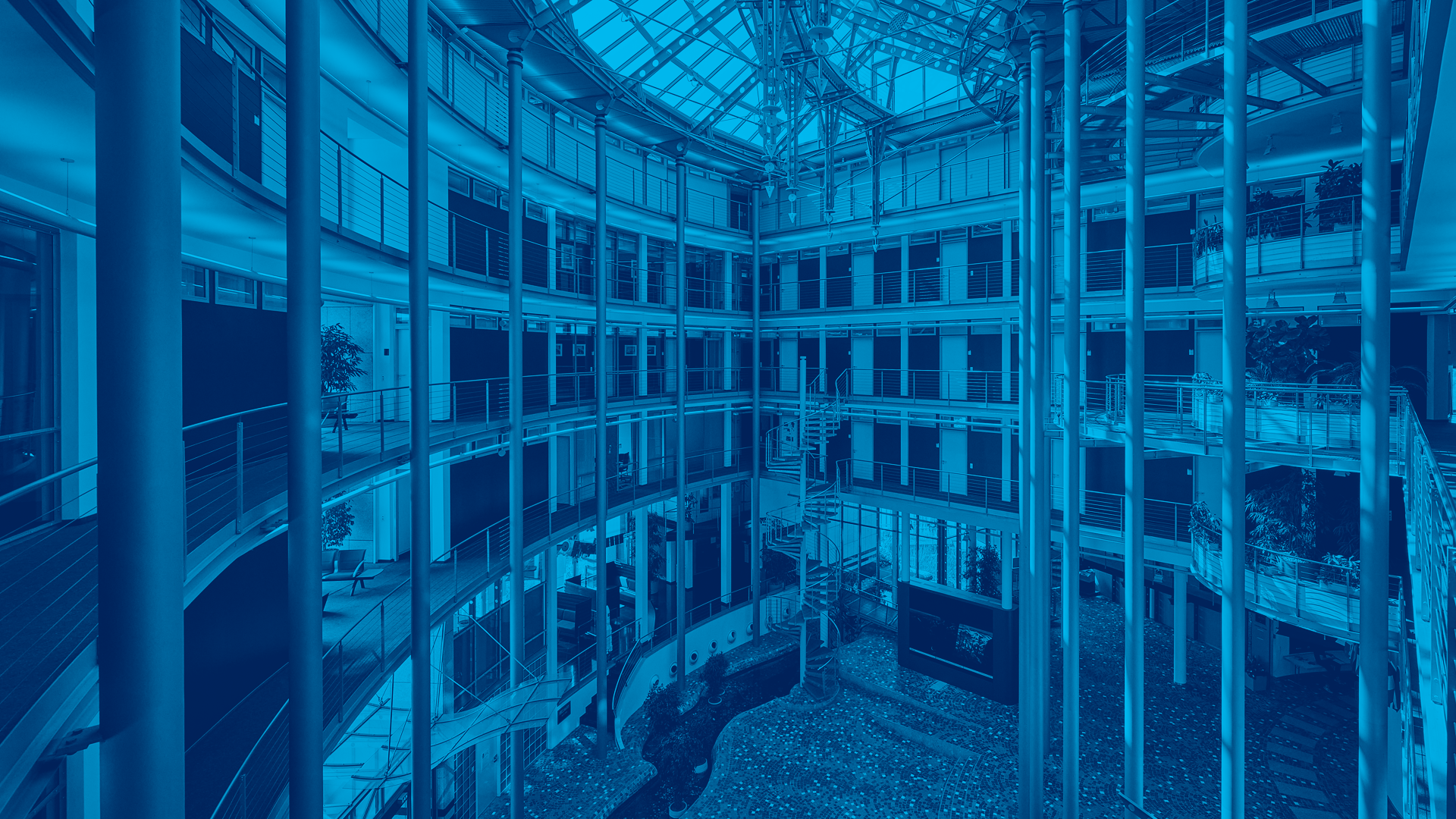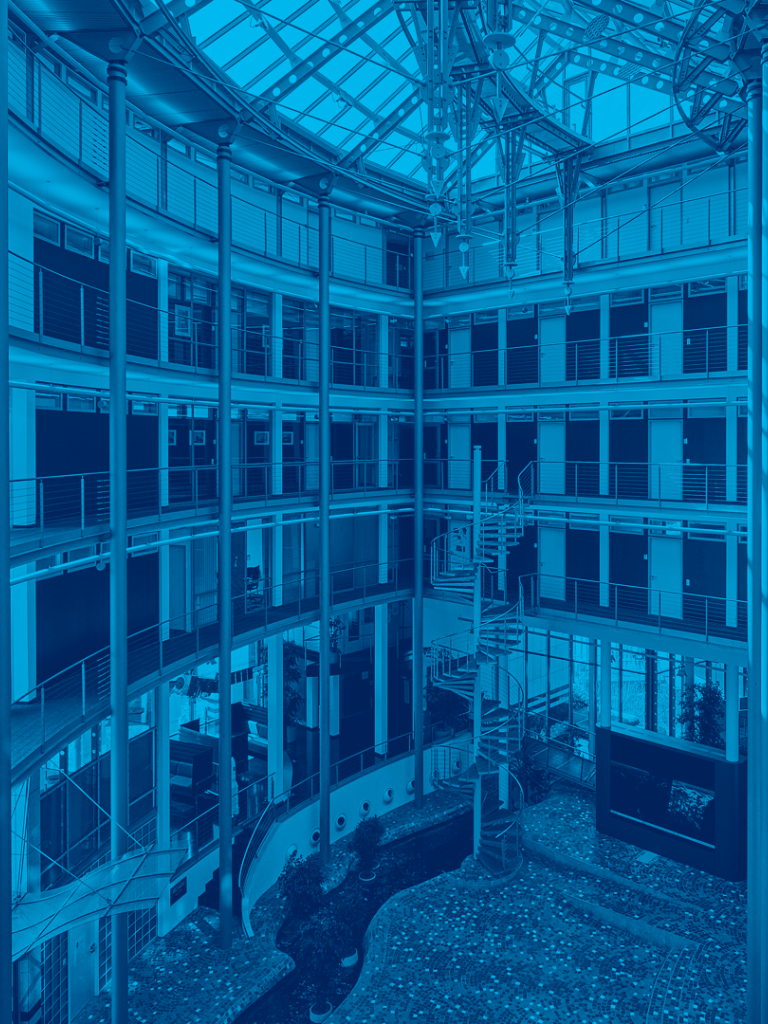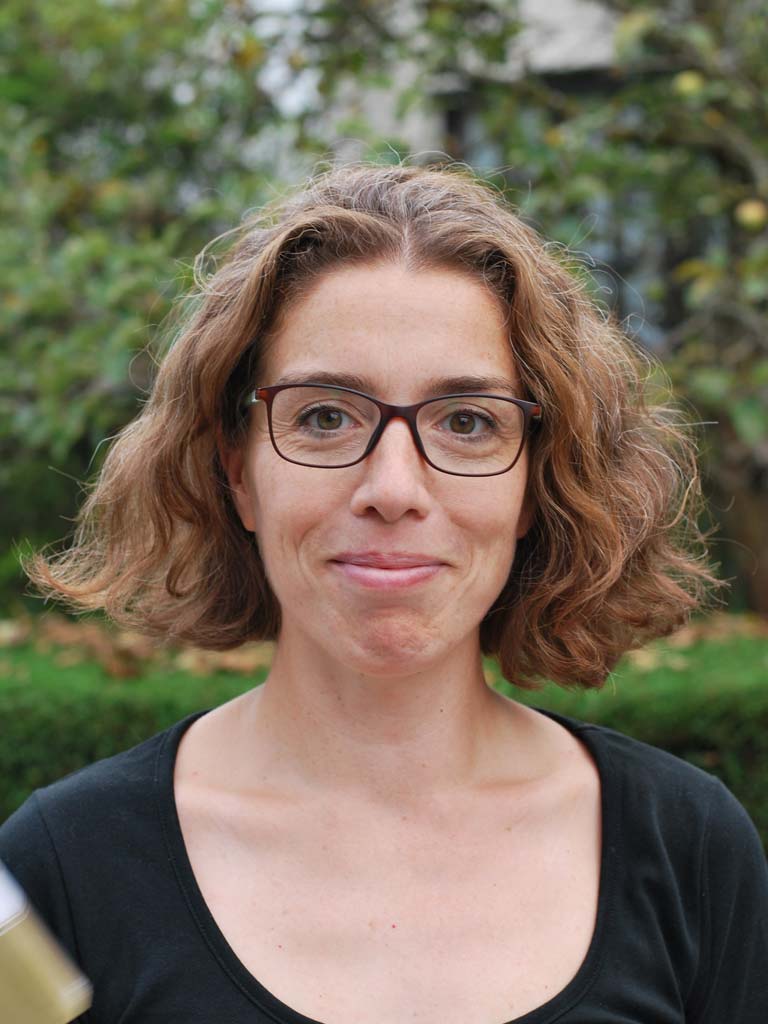
Inside EUMETSAT: meet Margarita and Tim
Inside EUMETSAT interviews Margarita Vazquez and Tim Hewison


Inside EUMETSAT returns this month with another in-depth interview featuring two more of our outstanding EUMETSAT colleagues: Margarita Vazquez and Tim Hewison! Margarita started in February 2020, while Tim joined EUMETSAT in September of 2007.
20 June 2023
22 September 2021
Inside EUMETSAT is a series of articles for the EUMETSAT Science Blog that will be published over the next weeks and months. Each month, we’ll introduce you to two valued members of our team: one newcomer, who joined in the past year, and one senior staff member who has spent years at the organisation.
In a time that’s far from ordinary, we hope to use this opportunity to introduce our readers to some of the diverse and friendly faces they might encounter in the course of a normal day at EUMETSAT. It’s our goal to appreciate and celebrate all the different and talented people who work here. We hope these articles will help you discover—or rediscover—EUMETSAT.
Meet Margarita and Tim!


What is your current role at EUMETSAT? What are your current duties?
Tim Hewison: I lead the calibration team within the Imager Navigation Registration & Calibration competence area in the Remote Sensing Products (RSP) division. We look after the radiometric calibration of the imaging instruments on EUMETSAT's satellites to ensure their observations are physically meaningful – not just pretty pictures. This is essential for increasingly quantitative applications. There are different methods of calibrating an instrument, but in layman’s terms it means that we compare its measurements to other measurements, to make sure the instrument provides accurate data. In practice we analyse the instrument's on-board calibration system, and compare its observations with other instruments, or over targets where we can reliably model the expected top of the atmosphere signal. It's interesting work, as it involves understanding a lot of different aspects of the instruments, the calibration systems, and their impact on a variety of applications, which requires a fair amount of coordination. For example, we work together with our counterparts at other satellite operators to develop common algorithms, which help ensure the international constellation of Earth-observing satellites sing together harmoniously.
Margarita Vazquez: I am a Remote Sensing Scientist for the EPS-SG Multi-Viewing Multi-Channel Multi-Polarisation Imaging (3MI) instrument. The 3MI mission will retrieve properties of aerosols and clouds by acquiring information of any given target on the Earth under three polarisations and 14 geometries, making use of 12 spectral bands. This means that aerosol particles and clouds will be looked at from different angles and through different filters, in order to obtain images that describe them accurately. My job covers many aspects of the development of the instrument and the mission. These include the analysis of the results from the instrument calibration campaigns, and the evaluation of their impact on the mission. I am also responsible for part of the Level 1 3MI product specifications and test data, which need to be updated and aligned with one another as the development of 3MI progresses. This ranges from correcting minor errors to deciding how a correction algorithm should be implemented to obtain the most accurate 3MI data possible. I also contribute to the definition of the 3MI Level 2 cloud and aerosol products, which is what the scientific and user communities will benefit from. All of these aspects require direct or indirect interaction with our external partners, either from industry or from the scientific community, with institutions who use our data, and with many colleagues from other divisions inside EUMETSAT. As soon as the mission becomes operational, my job duties will also cover the validation and the monitoring of the 3MI products.
Do you normally interact with your interview counterpart and his/her division? Have you personally worked with him/her?
TH: Margarita is also in the RSP division. In fact, the cloud and aerosol products that are developed in her group are important customers of our work, as they can be very sensitive to the instruments' calibration. So we can learn a lot from their product quality feedback and working together.
MV: As mentioned by Tim, we are both in the RSP division. He is responsible for the calibration of the different imaging instruments. The instrument I am responsible for, 3MI, relies on a vicarious calibration, which means that is not performed on board. The calibration is called vicarious because it relies instead on the comparison of the instrument’s measurements with those of certain Earth targets and with others coming from different instruments on board the same EPS-SG platform. Therefore, interaction with Tim and his team is crucial to the success of the 3MI mission, because we work together to properly compare 3MI measurements to other instruments calibrated by Tim’s team.
What has been your biggest challenge during COVID and lockdown? Do you feel supported by EUMETSAT?
TH: COVID-19 has presented huge challenges for us, both as an organisation, and as individuals: within a short period of time we had to completely change our working methods, with remote meetings increasingly being at the forefront of our interactions, and we had to quickly design new “office spaces” at home, requiring more hardware. Fortunately, we were able to adapt our ways of working, which needed a lot of flexibility and commitment from the team, and maintain our efficiency, thanks to the IT support available at EUMETSAT.
MV: I started working on the 3MI mission literally one month before the general lockdown, so most of my interactions with the rest of the 3MI team in other divisions has been online. The biggest challenge was probably at the moment of joining the project, when many little questions that would normally have been solved quickly, required a full Webex meeting and cumbersome attempts to draw using paint tools. In this situation everybody was very understanding and I have always felt extremely well supported. I was also lucky that I had been a contractor for a year before lockdown, so at least I already knew how EUMETSAT worked and had personally met most of my closer colleagues.
Where do you usually work from? How do you interact with your colleagues?
TH: Recently from my daughter's vacated bedroom – because it has a lovely view over the forested foothills of the Taunus – but unfortunately the neighbour's dogs like to serenade the many passers-by. With colleagues we interact mostly via Zoom, Skype, Confluence, the dreaded emails, and in person, when we get the chance.
MV: I usually work from home; I am lucky that I have the space to create a proper office. The interaction with my colleagues takes place almost always online, even when I am on site. In fact, at this point I cannot imagine holding some of the meetings around a proper table. I miss a bit the social interaction, having lunch or coffee with my colleagues, but we have regular online evening slots to meet and it's been fantastic to keep in touch with the rest.
What has your experience of EUMETSAT been during normal, non-pandemic times? Why do you like working here?
TH: EUMETSAT is an incredible place to work: to be surrounded by teams of experts, really enthusiastic about their work, can be a real inspiration. Of course, that doesn't mean it couldn't be even better, which was part of my motivation for standing for the Staff Association Committee to represent EUMETSAT staff and look after their professional and social interests.
What has been your experience of EUMETSAT been since your recruitment? Were you able to come to HQ and meet colleagues face-to-face?
MV: I was a contractor during 2019 where I worked on a different mission. This allowed me to personally meet all of my colleagues in my competence area and a few from other related ones. But since I joined 3MI, approximately when the pandemic struck, there are unfortunately a number of colleagues from other divisions with whom I regularly interact that I have never met personally. In general, it has been a very positive experience. I like very much the international aspect of it and the many different professional backgrounds that my colleagues have, so it is very enriching to discuss anything with them.
What book are you currently reading?
TH:
I just started reading my first book in German – Buchstabensuppe – by Oliver Schmitt, a close friend of mine, who wrote it last year after being made redundant. The lead character is an Engländer called Tim, could be interesting...!
MV:
Prisoners of geography, by Tim Marshall.
Which weather phenomenon represents you best?
TH:
I love a good thunderstorm, but I am more like a windy day at sea.
MV:
A sunny day in winter.
If expense were not a concern, what would you like to do in the next 5 years?
TH:
I would like to try to do my bit to save the world. Expense is not the concern, time is.
MV:
I would travel a great deal more.
According to you, what is the most exciting science/technology innovation in the last century?
TH:
The internet – I am still in awe of the instant access to information – good and bad!
MV:
The internet.